At the end of July, California Governor Gavin Newsom signed an executive order that directed local governments to urgently adopt policies to clean up homeless encampments on public property.
In the weeks following the directive, California cities and counties have been divided on what to do, forcing Newsom to issue a threat to withhold funding for any local governments who will not comply.
Executive Order
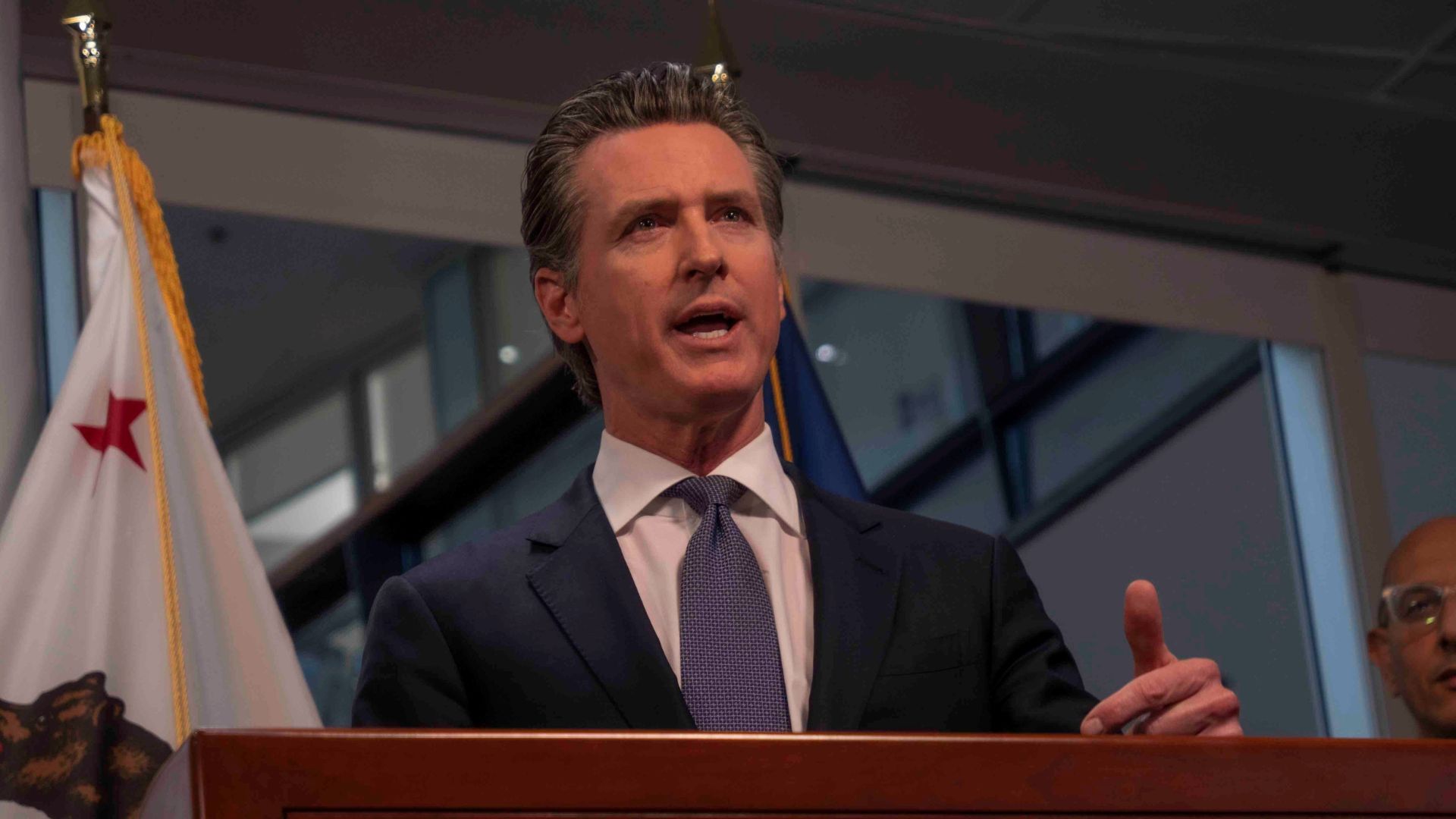
The executive order signed by Newsom provided billions in funding for cities and counties across the state to address homeless encampments in public.
“With the recent U.S. Supreme Court decision in Grants Pass v. Johnson, local governments now have the tools and authority to address dangerous encampments and help provide those residing in encampments with the resources they need,” said an announcement from the governor’s office.
Work Has Started

Weeks after Newsom’s executive order, some parts of California have already started work to remove the homeless encampments.
Long Beach is beginning a teardown of tents this week. “We fully understand how sensitive this is for our residents and also the urgency of some of the chronic encampments, so we took our time,” said Rex Richardson, Mayor of Long Beach.
No More Excuses
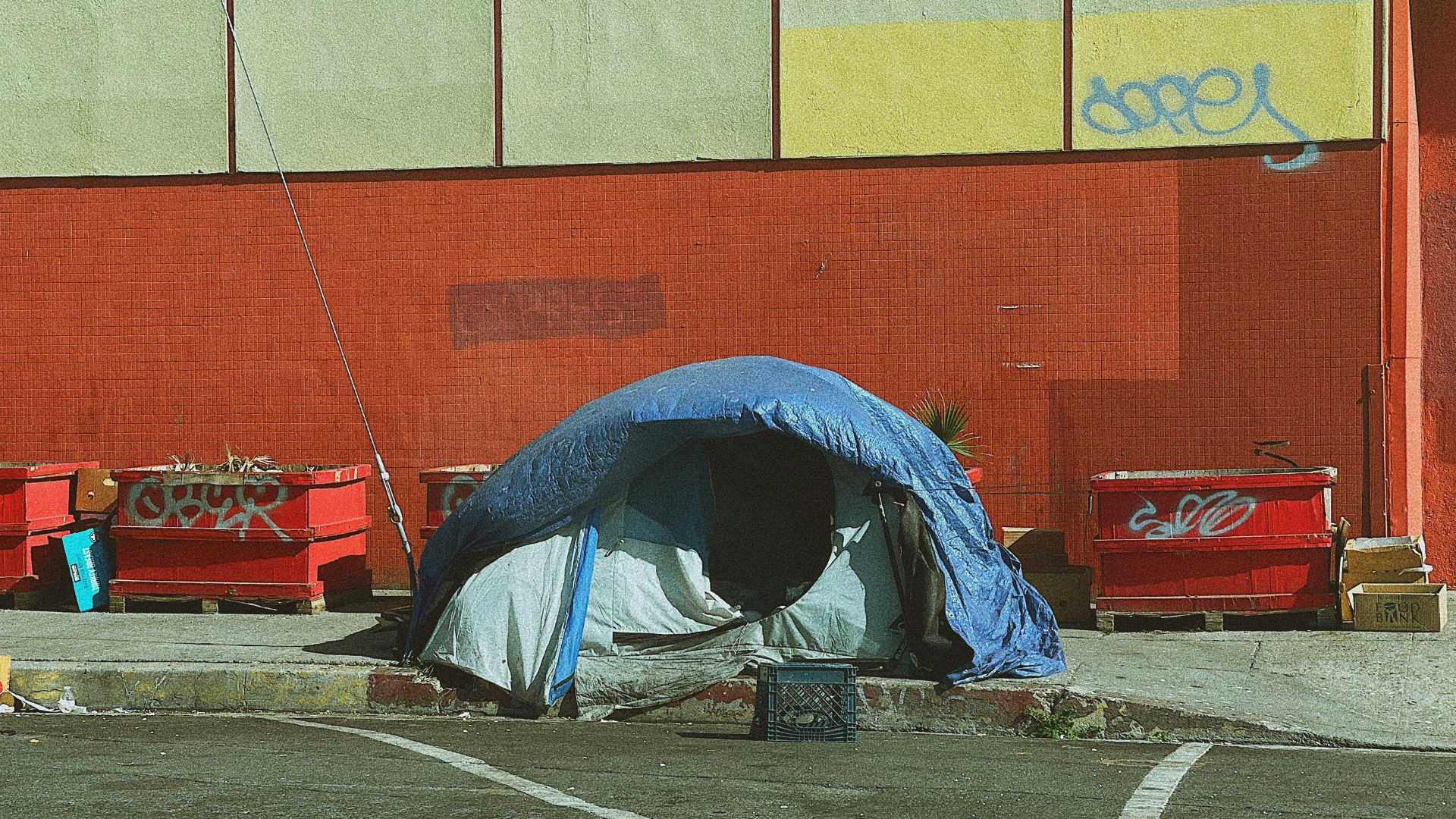
In a July 25 post on X, Governor Newsom firmly asserted that local governments have “no more excuses” for delaying the removal of homeless encampments.
“No more excuses. We’ve provided the time. We’ve provided the funds. Now it’s time for locals to do their job,” wrote Newsom.
Homeless Problem

Homelessness has become an increasing problem in the United States in recent years, with California being front and center.
Approximately 30% of the nation’s homeless population lives in California, and the state also has the highest rate of unsheltered people. In five of the state’s major cities, more than 70% of the homeless population lived unsheltered in 2023.
Nowhere to Go
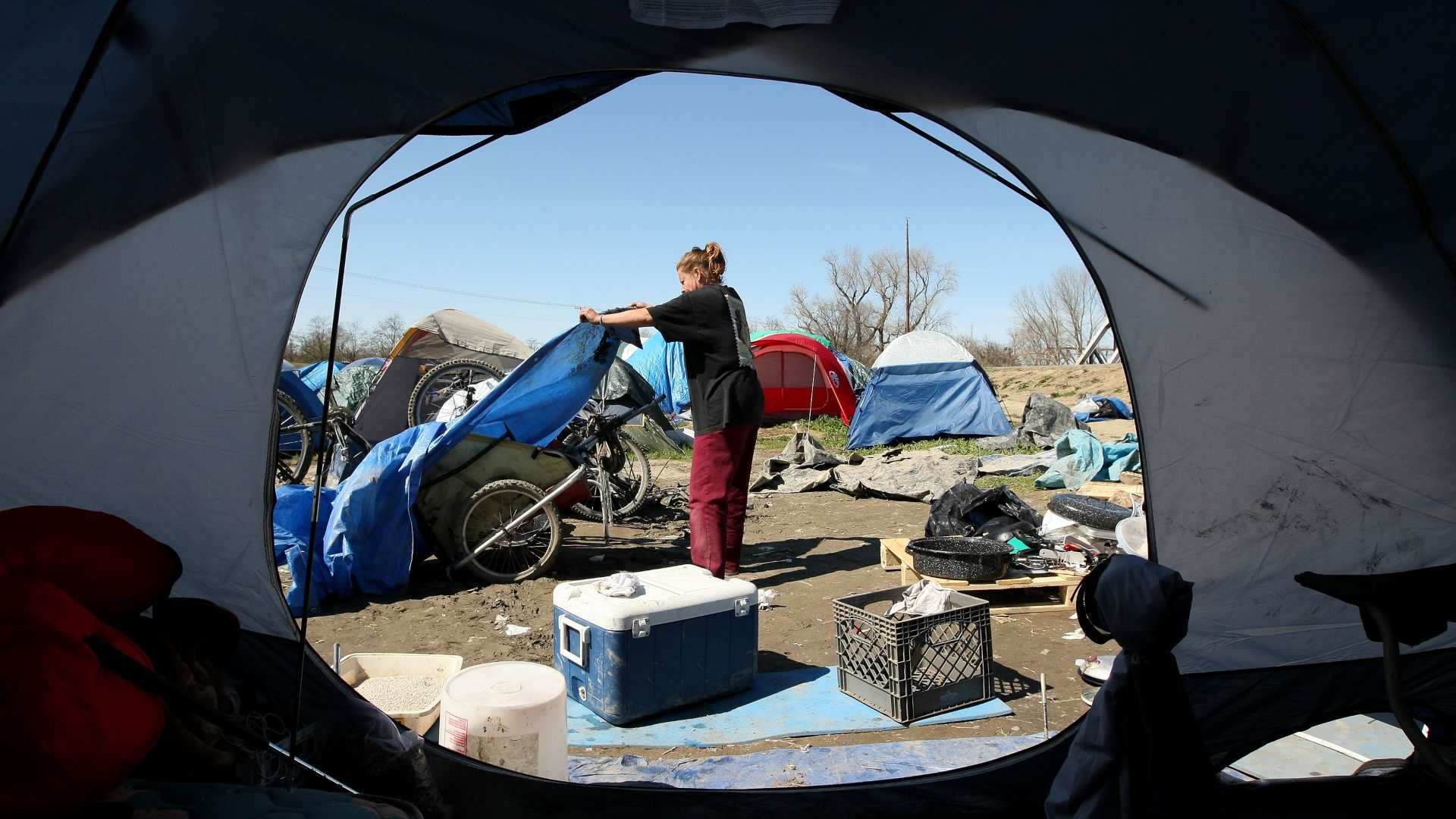
Now the homeless population feels increased pressure with the threat of being criminalized for homelessness while some lament they have nowhere to go.
“It’s absolute mayhem and craziness,” said Los Angeles homeless community member Jeni Shurely.
Refusing to Comply

Some counties and cities in the wake of the order refused to ramp up efforts to clear camps away, feeling that it is not a sustainable solution to the problem.
“Being homeless is not a crime and we will maintain our focus on criminal behavior rather than an individual’s status,” said LA County Sheriff Robert Luna. “The governor’s executive order, for example, will not alter the way our department approaches or manages the unhoused population.”
Physical Stress
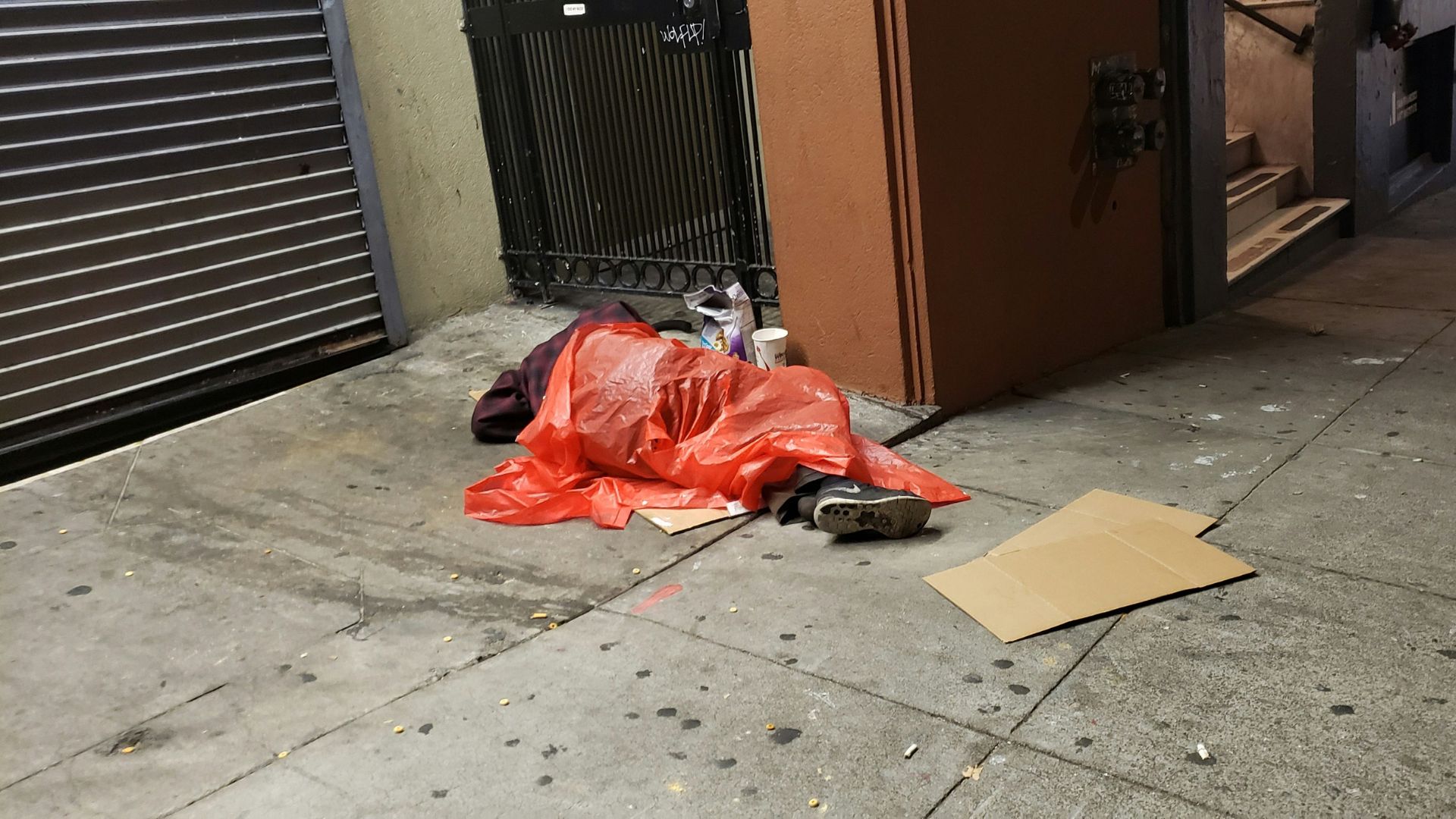
The physical stress of suddenly being forced to move with nowhere to go has taken a toll on some in the homeless community.
“They’re forcing someone under threat of arrest to pack up and move all their belongings,” said Niki Jones, executive director of the Sacramento Regional Coalition to End Homelessness. “And people’s bodies literally can’t handle the physical stress.”
Newsom’s Threat

The divided response from local governments to the order prompted Newsom to issue a new threat to get counties to adopt stricter policies on homeless encampments — or else.
Last week, Newsom indicated he would redirect money away from any county that is not meeting state milestones, calling out Los Angeles County specifically.
‘It’s Not Complicated’

Newsom has threatened to withhold funding from local governments if they do not comply with the executive order.
Earlier this month, Newsom told reporters: “We need local government to step up. This is a crisis. The state’s unprecedented billions of dollars of support? I’m not interested in providing that support and not seeing the results. I’m a taxpayer, not just the governor. It’s not complicated. We’ll send that money to counties that are producing results.”
The Supreme Court’s Ruling
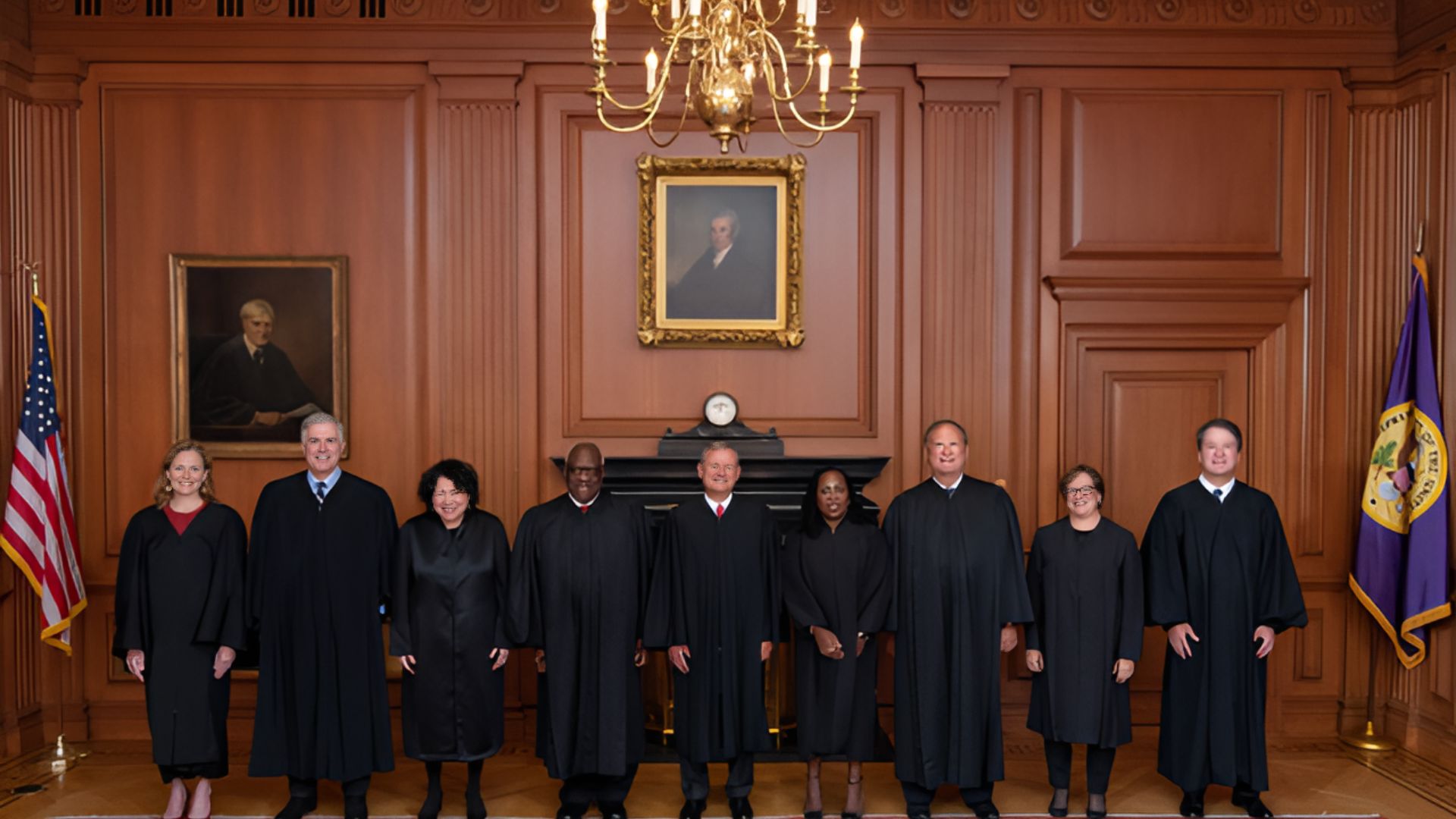
Newsom’s demand to clear homeless encampments comes after a ruling from the Supreme Court.
The court ruled that cities could ticket homeless people camping in public. Unhoused people can receive tickets even if there is no alternative shelter available. Justice Neil Gorsuch wrote for the majority that the Eighth Amendment (protection from cruel and unusual punishment) should not dictate local governments’ homelessness policy.
Dissenting Opinion
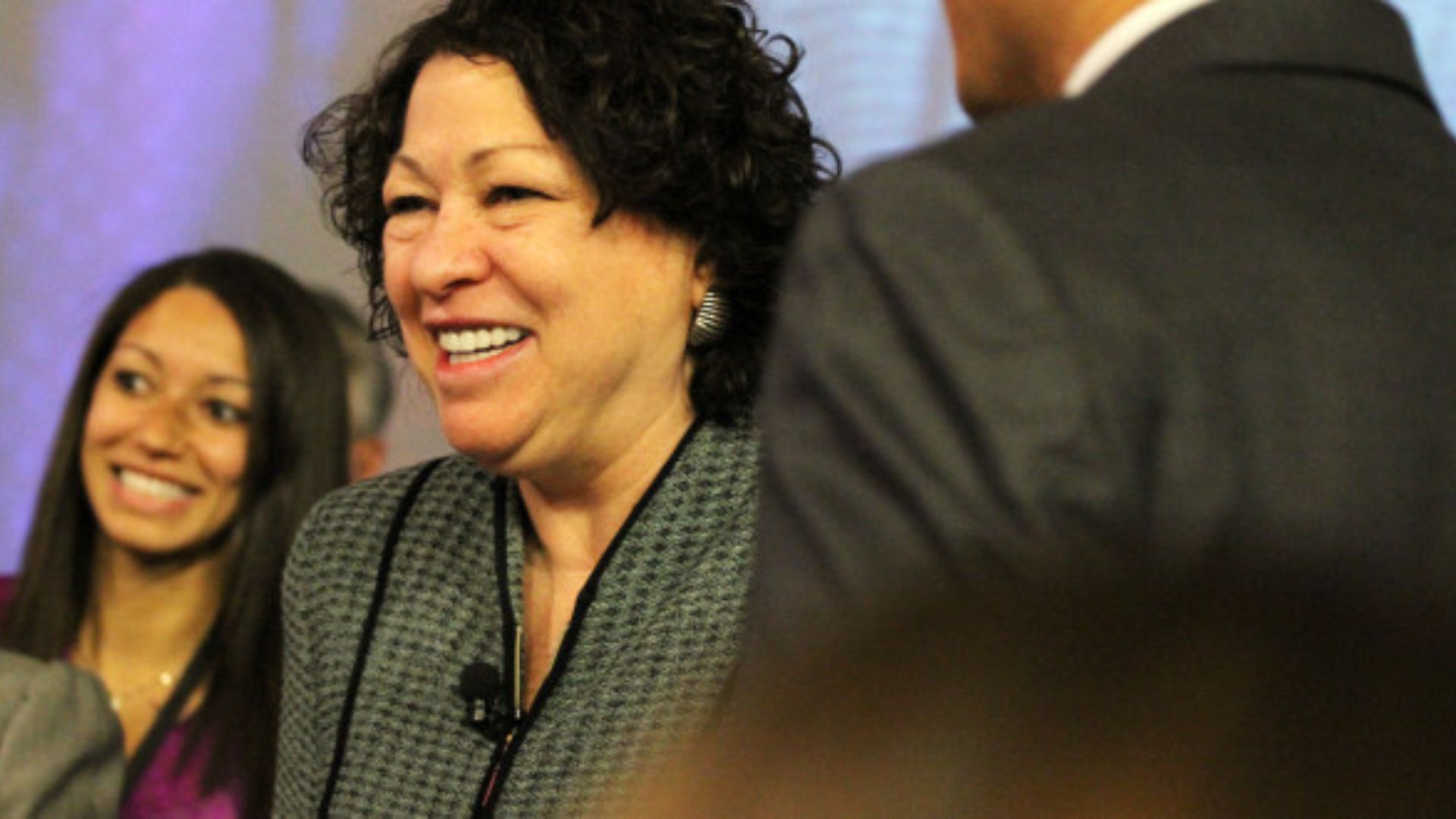
The Supreme Court ruling was not unanimous. Justices Sonia Sotomayor, Elena Kagan and Ketanji Brown Jackson all dissented.
In her dissenting opinion, Sotomayor wrote: “For people with no access to shelter, that punishes them for being homeless. That is unconscionable and unconstitutional. Punishing people for their status is ‘cruel and unusual’ under the Eighth Amendment.”
Intention to Comply
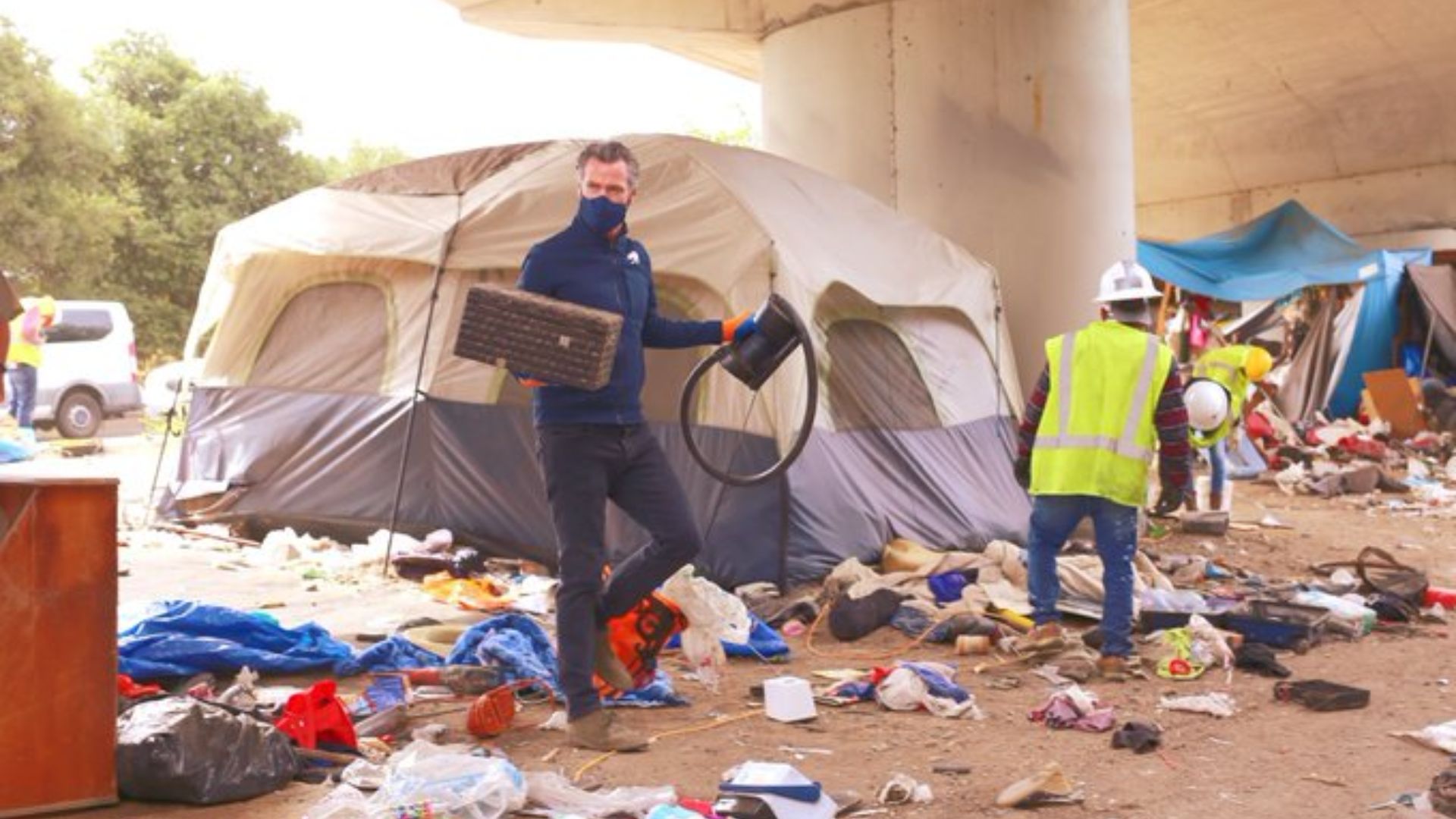
Last week, the Long Beach government released a memo stating its intent to comply with Newsom’s executive order.
In the memo, the government emphasizes reducing crime and keeping the city safe. While Long Beach police can arrest or issue a citation to unhoused people who refuse to leave encampments, the local government’s approach encourages arrest only for repeat offenses or other crimes.
Lack of Beds
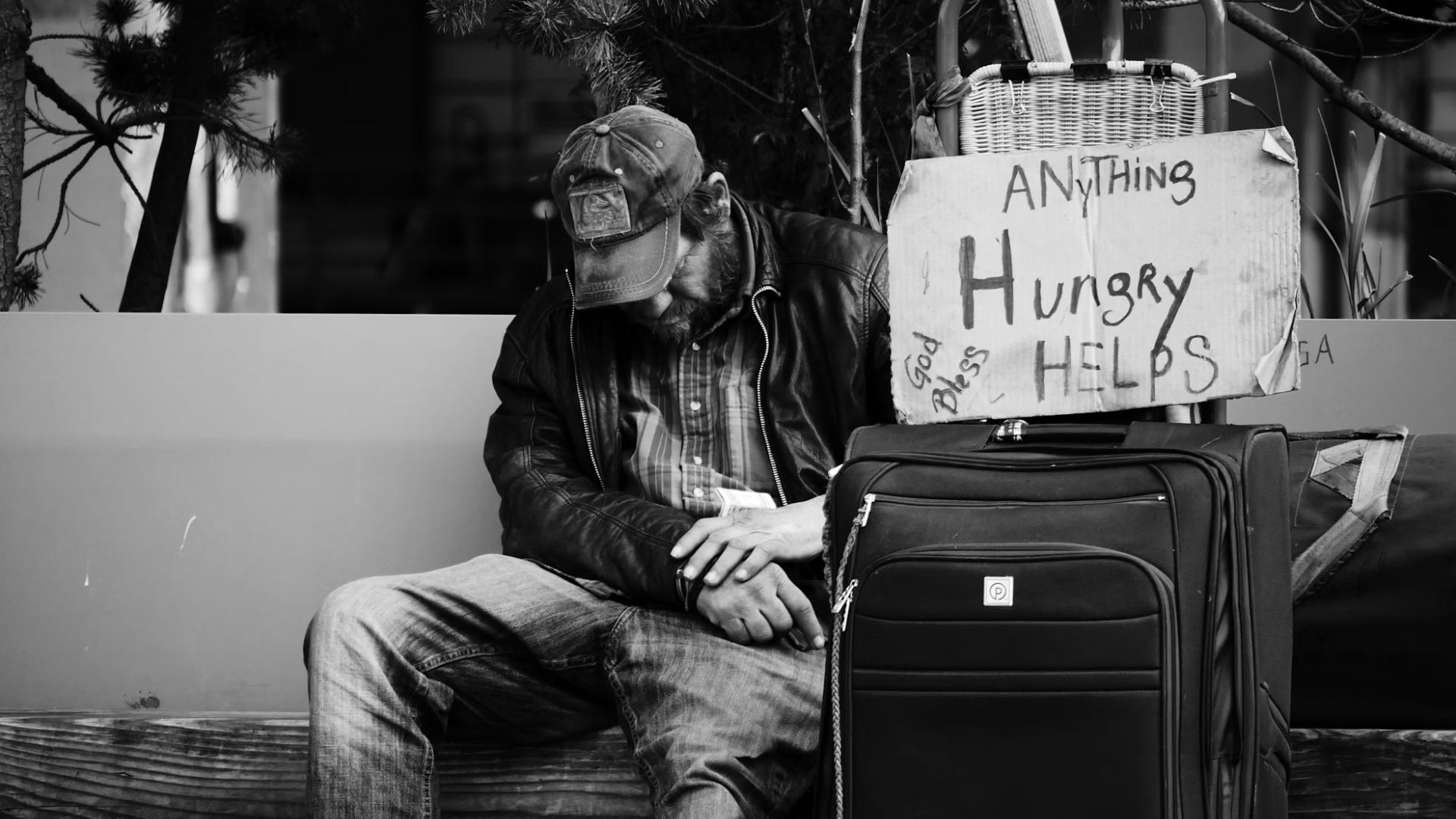
As counties and cities begin a rollout of cleanups under threat of their funding being pulled by Newsom, it seems the solution isn’t as simple as throwing money at the problem.
According to the Public Policy Institute of California, last year the state only had 71,000 shelter beds available, which is less than half of the over 180,000 needed to shelter the state’s entire homeless population.
Considering Fleeing

As the pressure closes in, homeless members like Shurley are considering moving to another county to escape being penalized.
“I have done everything I can, every program that’s been offered,” Shurley said. “I’ve taken up on it, and I haven’t gotten any assistance that I need whatsoever. I feel like I’m just a rock in the river full of money and I can’t touch $1 of it.”
Some Cities Unequipped

Some areas in California are more equipped to deal with the sudden order to clear homeless encampments than others.
Mission Action provides emergency shelter in San Francisco. The organization is concerned that there are not enough beds to accommodate everyone living in the encampments. Mission Action’s 91-bed shelter was already at capacity before Newsom’s order was announced. Another 80-bed shelter had just four beds available.
Relocation Services

While shelters in San Francisco are near capacity, the city’s mayor, London Breed, has other plans.
Breed announced a directive earlier this month to help relocate homeless people. This would include bus tickets to move them elsewhere. Breed has spent over 60% of her tenure expanding the number of shelter beds for the unsheltered. However, the homeless population has kept on rising. San Francisco, the state’s fourth-largest city, has about 8,300 homeless people.
Criminalizing Homelessness
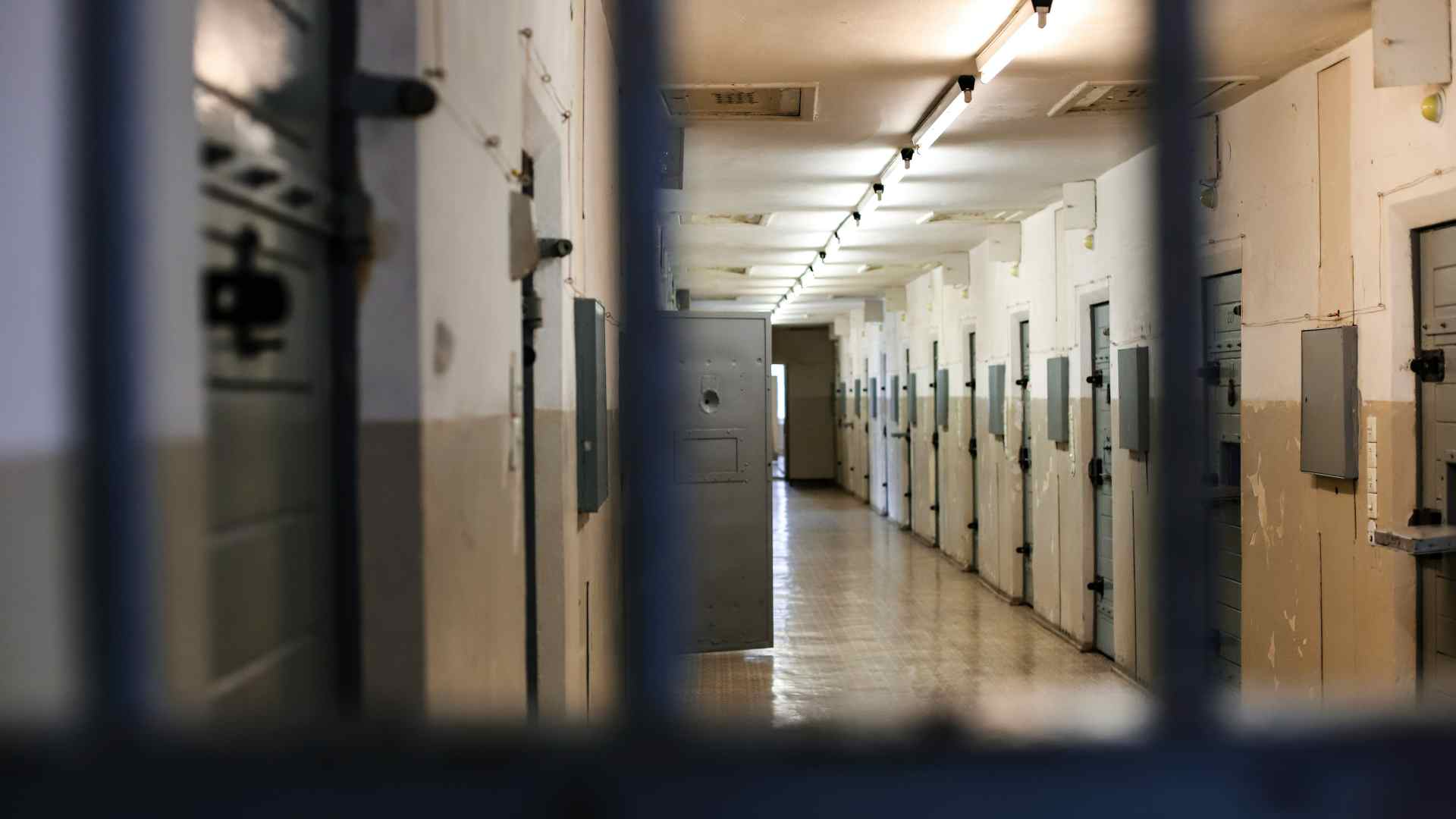
Homeless advocates have come out critical of the directive to quickly clean up homeless encampments after letting the problem build-up for years without forward thinking.
“If the city is unable to provide emergency shelter to those who need and want shelter, then essentially, we are criminalizing the very act of being unhoused,” said Mission Action executive director Laura Valdez.
Moving the Problem Around
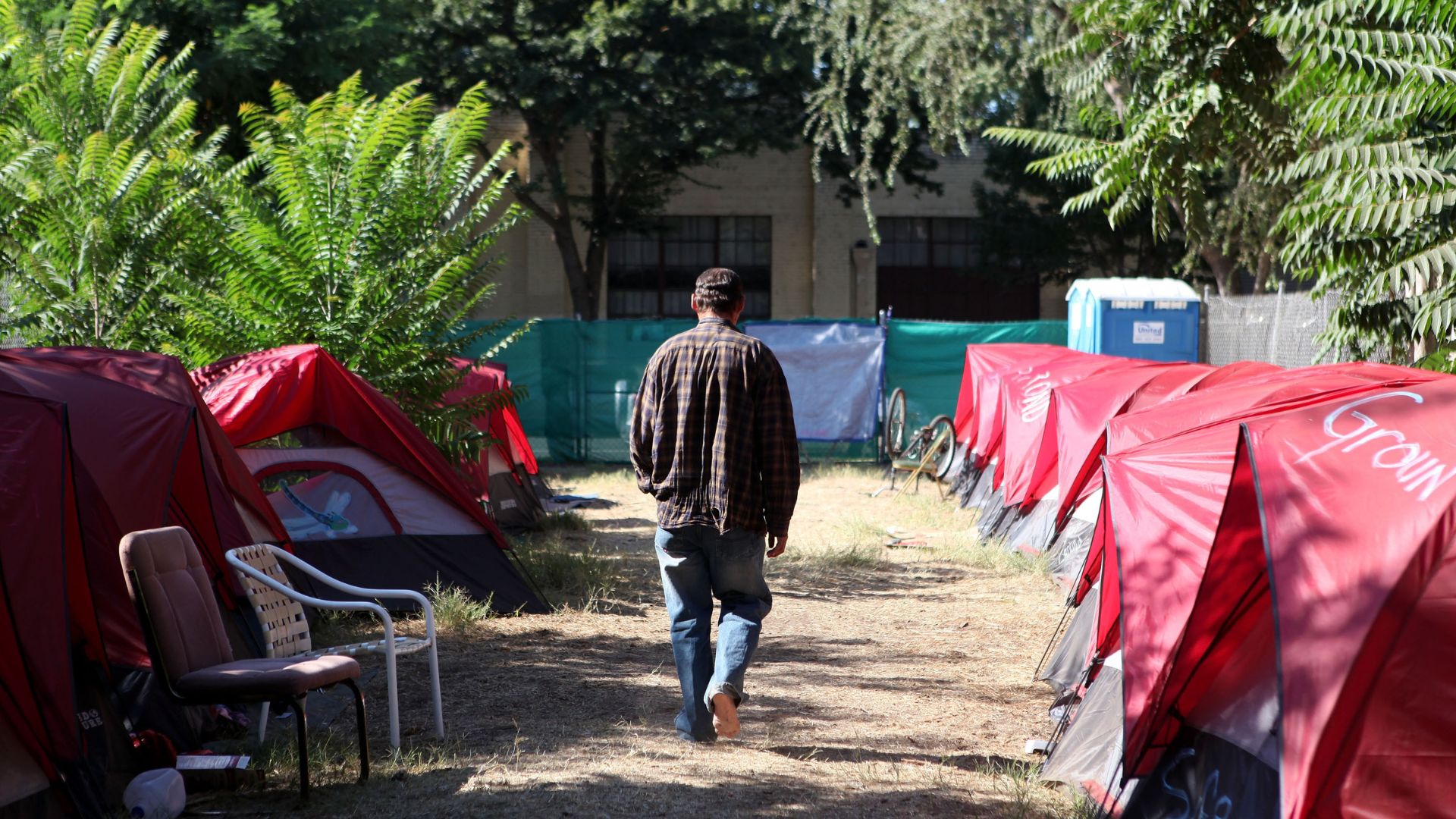
Critics of broad encampment sweep-ups contend these measures are not a permanent solution and that they merely spread the homeless population around.
“Simply having law enforcement performing campus sweeps, in my opinion, does nothing to deliver permanent and lasting results. It just shuffles the problem around, and that’s why my constituents want permanent results,” Los Angeles County Supervisor Kathryn Barger, a Republican, told NBC News.
This Has Been Tried Before

Newsom’s order is not the first time encampment sweep-ups have led to merely spreading homeless people around California without addressing the root issues.
Last year, Mayor Todd Gloria of San Diego banned camping on sidewalks. Leaders and organizers in neighboring communities said this new policy just sent homeless people to their areas. The Los Angeles County Board of Supervisors passed a motion stating that people taken from encampments will not be taken to jail. More questions arise about where these people can go.
Alternative Approaches
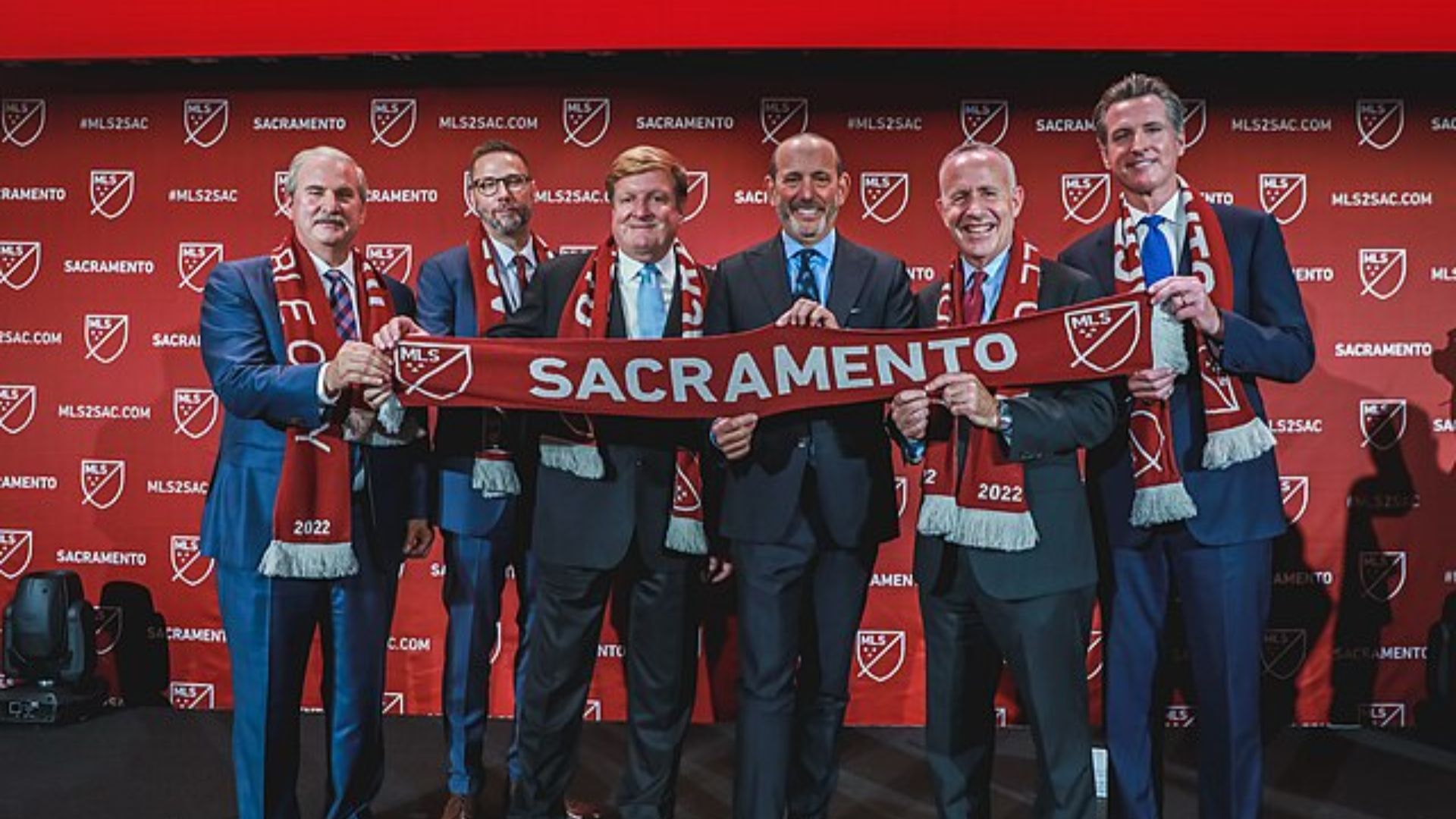
Other politicians in California have taken different approaches with more positive results.
Sacramento’s mayor, Darrell Steinberg, authored a bill in 2004 that would introduce a 1% tax on personal incomes above $1 million to fund statewide mental health services for homeless people. While this initiative did not directly provide housing, the city saw a 29% decrease in homelessness last year. Sacramento also saw a 49% fall in unsheltered homeless, one of the biggest drops across the entire state.
Abandoning Homeless People
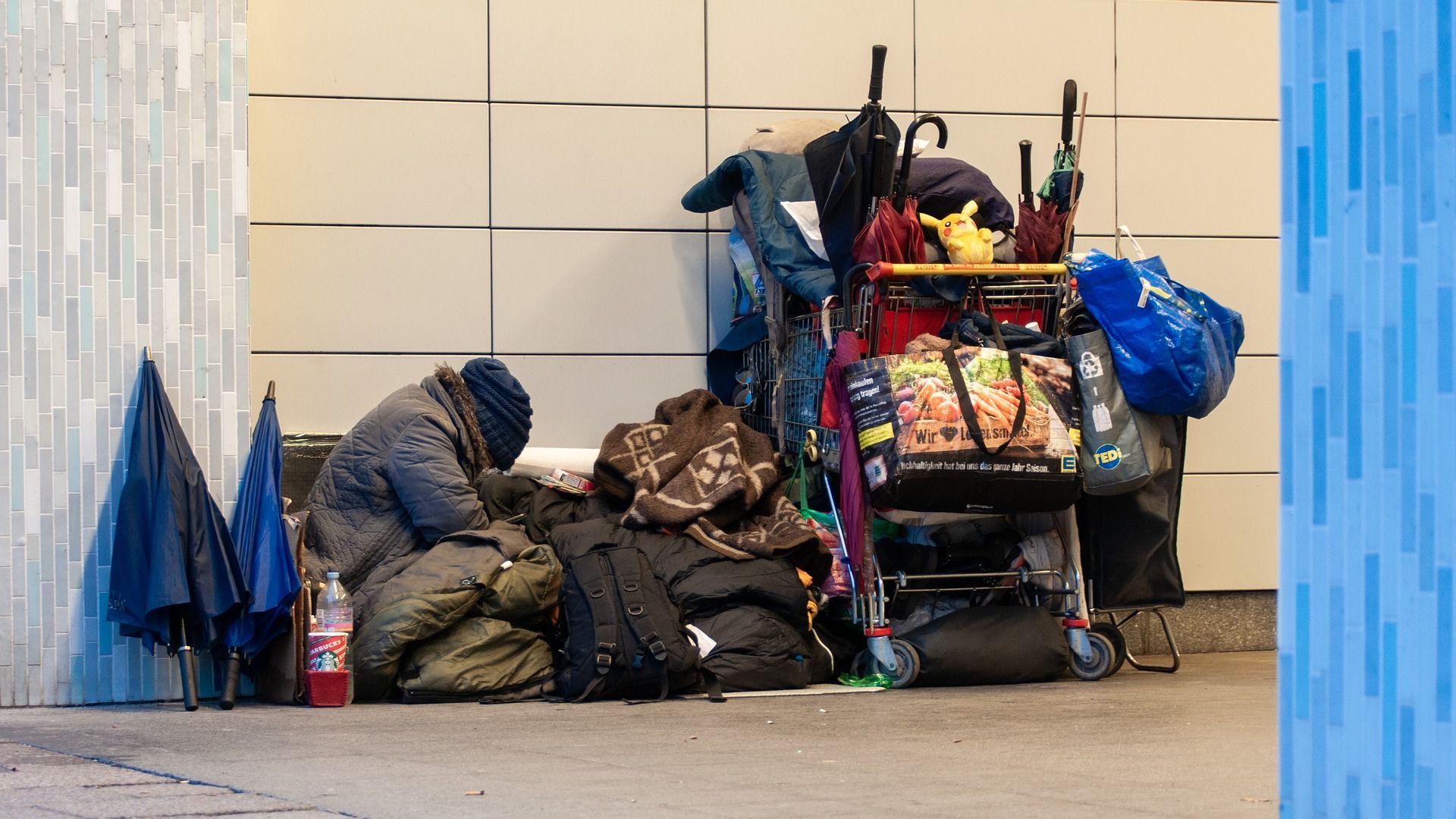
In Santa Cruz, homeless people are routinely being pushed out of camps, only to set up other ones as resources are scarce.
In April, between 30 and 40 people were pushed out of a camp in a community park. Those displaced people then set up tents on Coral Street. The city cleared that camp in June. Some people relocated to the Pogonip nature reserve at the city’s edge. The city also swept that camp.
‘We Gotta Be Somewhere’
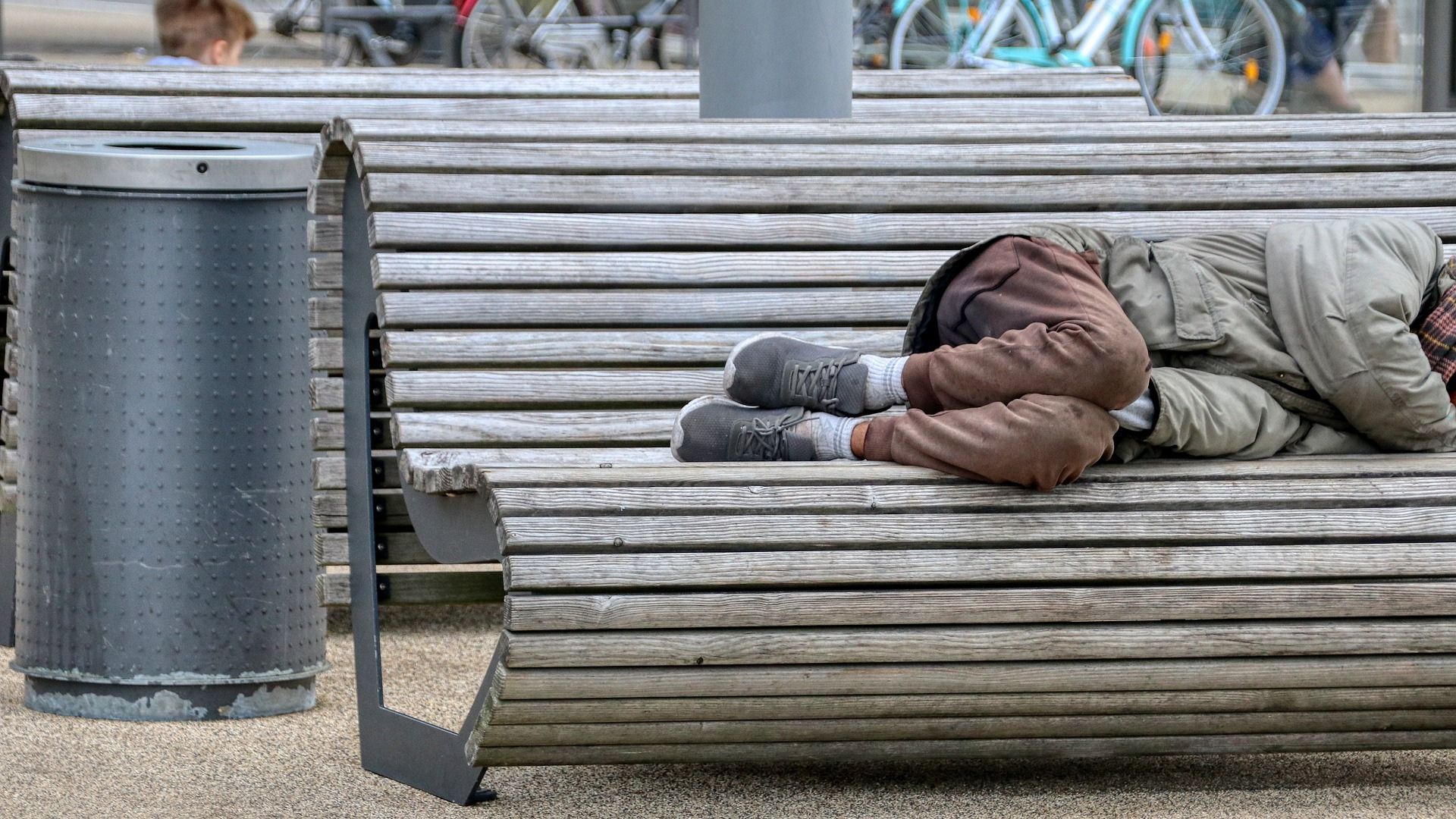
Newsom’s executive order puts homeless people in an impossible position, especially if there is no alternative accommodation available to them.
“We gotta be somewhere,” said Tré Watson, who lives in a tent in Santa Cruz. “We can’t hover. We come here, they run us away. We go to any park, and they run us away. We go to the Pogonip (nature reserve), and they bring bulldozers,” said Watson.
An Uncertain Future
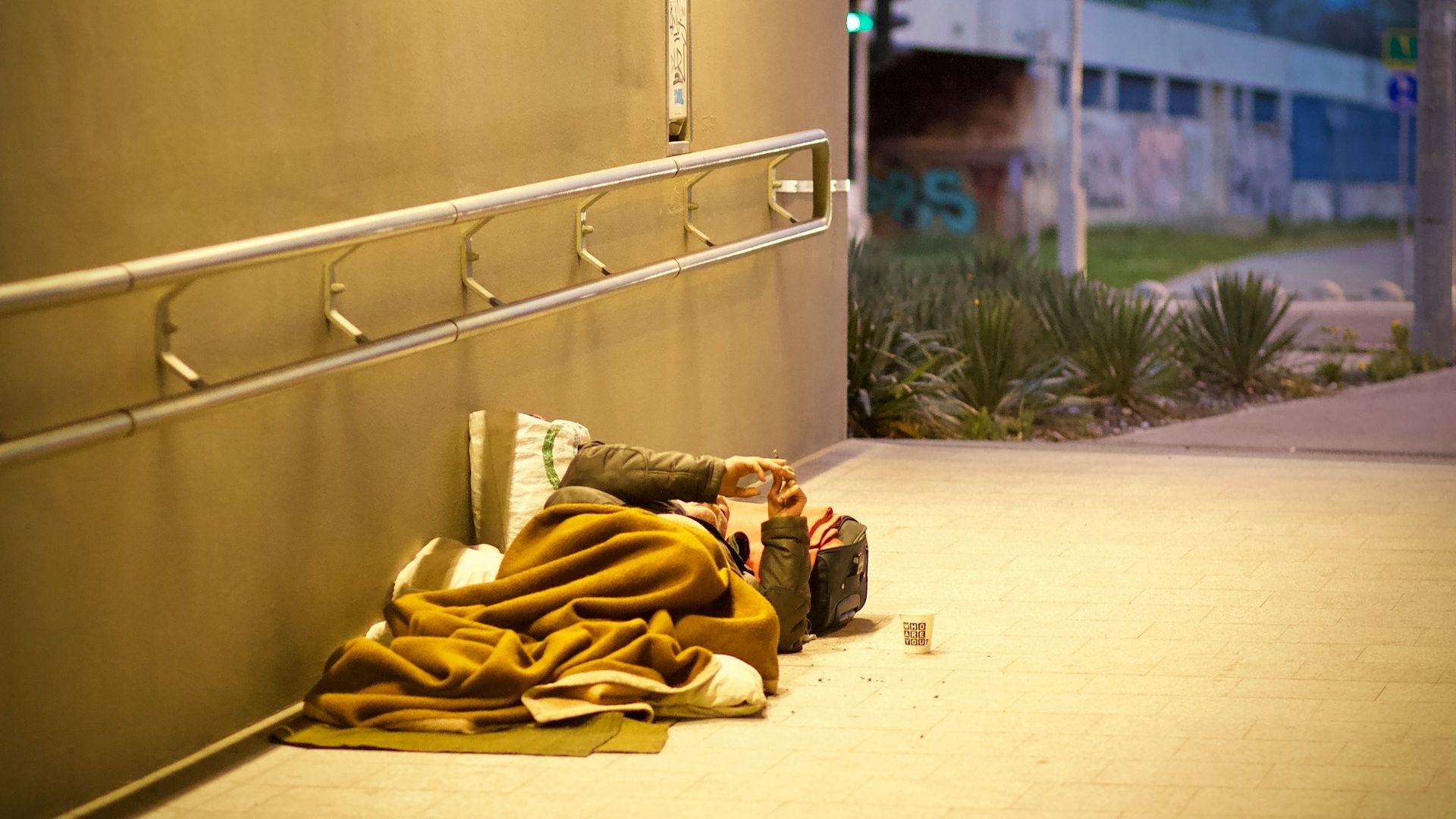
While the homelessness epidemic in California is undeniable, a sustainable solution seems out of reach.
Politicians in Californian cities are outraged at Newsom’s order to clear encampments, which seems to punish unsheltered people while they have nowhere else to go. But with a lack of funds to end homelessness once and for all, the future for the unhoused in the Golden State looks bleak.
